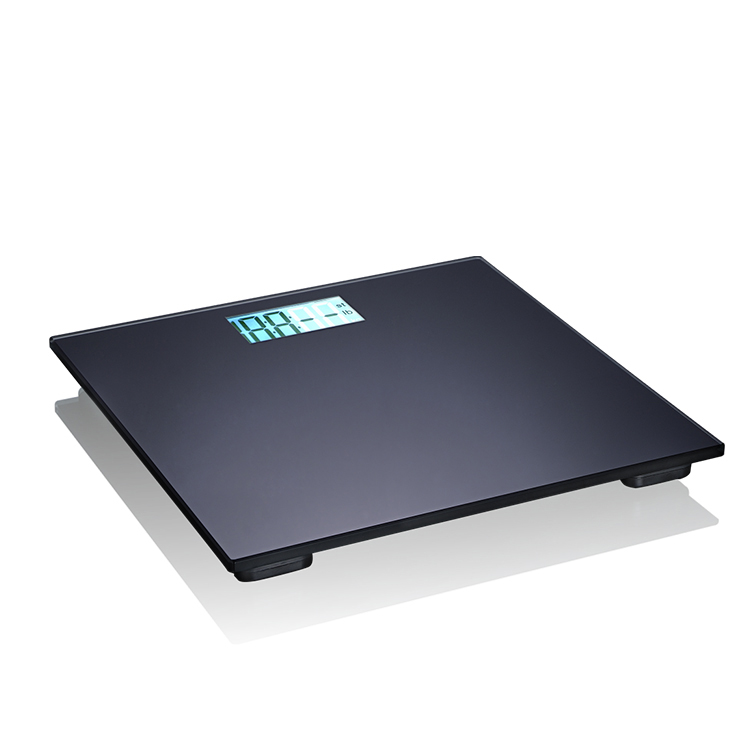Views: 3524 Author: Site Editor Publish Time: 2024-02-23 Origin: Site









Most people use weighing scales and balances interchangeably to weigh objects, materials, animals, and people. Nonetheless, these tools work in different ways. This article provides a basic explanation of the various mechanisms of weighing scales and balance work. Not all scales and balances use the same mechanism, so we will look at the most commonly used ones.
Here is the content list:
What is the difference between balance and weighing scales?
How does a weighing scale work?
What is a load cell?
Simply put, balance weighing and weighing scales. Therefore, when you bring the balance and weighing scales to the moon, the balance accurately gives the mass of the lunar rock, but the weighing scale is affected by gravity.
The balance determines the quality by balancing the unknown and known quality. In modern weighing equipment, balances usually use force-generating force recovery mechanisms to balance the forces exerted by unknown masses.
The weighing scale displays the weight by measuring the deflection. The spring deforms under load, the force required to deform the spring is measured and converted into weight.
Hooks, springs, or crane weighing scales work according to Hooke's law. "The force applied to the spring is proportional to the distance traveled as a result of the force, expressed in the form F = Xk, where F is the magnitude of the force applied to the spring, X is the distance traveled, and k is the constant of the particular spring Stiffness.” So you may have noticed that only some springs show results in Newtons. Weighing scales are reasonably priced and easy to use but are limited by the spring itself. For example, if the spring loses its elasticity, it will affect the result.
There are many types of load cells, but we will focus on strain gauge load cells commonly used in weighing scales. The load cell is essentially a sensor (sometimes called a sensor). It is a metal element that is strong but elastic enough to deform the load and has a strain gauge. Some weighing instruments use a single load cell, while other weighing instruments use multiple load cells. When a load is applied to the weighing scale, the strain gauge converts the force (or pressure) applied by the load to the load cell into an electronic signal. When the load deviates from the weighing scale, the load cell returns to its original shape. The load cell determines the capacity of the equipment. The maximum mass can be measured before the deformation becomes permanent and the equipment is damaged.
Strain gauges are essentially conductors (thin conductive coatings) mounted on a thin film. As the film changes, so do the conductor. When the load cell is loaded, the load cell bends (or gets its name from the twist), and its resistance changes. The resistance is recorded by a strain gauge. When the load is removed, the load cell will return to its normal shape, and the strain gauge will return to its original shape. The changes in resistance are converted into digital signals and processed so that they can be read on the display. Whether it is balances or weighing scales, Easton Hotel Supplies Co., Ltd. weighing scale is an ideal choice.
About Us | Products | Projects | News | Catalogues | Contact Us
Sign up for our newsletter
